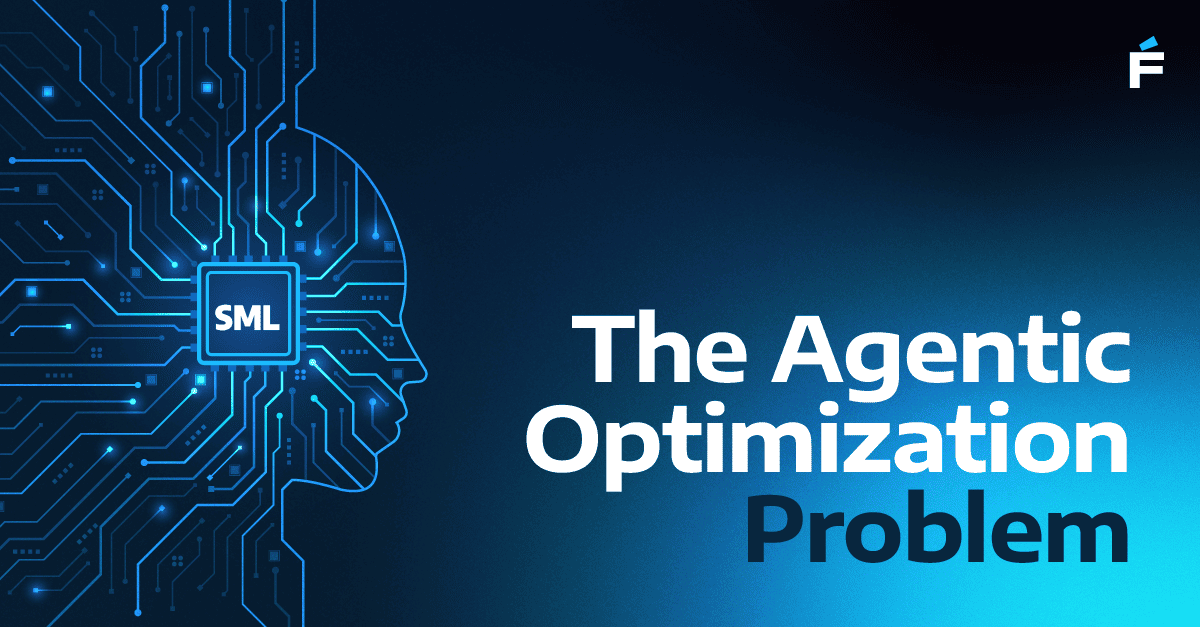Traditional data warehouses—such as managed SQL Server instances on Azure—have provided a reliable foundation for structured reporting and analytics. However, they are increasingly misaligned with the scale, speed, and complexity of modern data needs.
A modern lakehouse architecture, built on distributed processing engines like Apache Spark and low-cost cloud storage, addresses these challenges directly. This post outlines the differences between the two approaches and offers a high-level migration plan appropriate for a mid-market organization.
Traditional Data Warehouse
- Structure: Requires predefined schemas; data must be transformed before ingestion.
- Performance: Optimized for predictable, SQL-based analytics.
- Cost Model: Compute and storage are coupled; performance at scale is expensive.
- Limitations: Rigid architecture; does not handle semi-structured data or large volumes efficiently.
Modern Lakehouse Architecture
- Storage: Data is stored in flat files (e.g., CSV) on cloud object storage such as Azure Blob.
- Compute: Apache Spark provides elastic, distributed processing across large datasets.
- Schema-on-Read: Allows teams to query and analyze data without enforcing a rigid structure upfront.
- Cost Efficiency: Storage is inexpensive; compute is provisioned only when needed.
- Flexibility: Supports analytics, machine learning, and real-time processing from a single architecture.
Lakehouse architectures enable faster, more flexible decision-making across the organization.
Business Value
For Boards and Executives:
- Operational Agility: Supports rapid onboarding of new data sources without requiring structural changes.
- Lower TCO: Reduces infrastructure duplication; improves utilization of compute resources.
- Faster Insights: Enables direct access to raw or lightly processed data, accelerating time-to-value.
- AI and Advanced Analytics: Provides a unified foundation for both traditional reporting and forward-looking models.
Sample Migration Plan
Mid-Market Technology-Enabled Company (e.g., $100M ARR SaaS or services business)
|
Phase |
Activities |
Estimated Duration |
Level of Effort |
|
Discovery |
|
2–4 |
Internal data engineering + external advisory (if needed) |
|
Lakehouse Foundation |
|
3–6 |
1–2 engineers + IT/infosec input |
|
Pilot |
|
4–6 |
Data engineering + analytics team |
|
Platform Integration |
|
2–3 |
Enablement + training |
|
Gradual Cutover |
|
2–3 |
Ongoing; may run parallel for some time |
|
Optimization |
|
Continuous |
Data team + stakeholders |
Total Timeframe: ~4 to 6 months for functional parity with legacy systems; ~12 months for full modernization and optimization.
Conclusion
Lakehouse architecture is not a tactical upgrade. It is a structural shift that aligns data infrastructure with modern business requirements: flexibility, scale, and speed.
Organizations that make this transition gain the ability to act on data faster, reduce infrastructure complexity, and support both operational reporting and advanced analytics from a single foundation.




